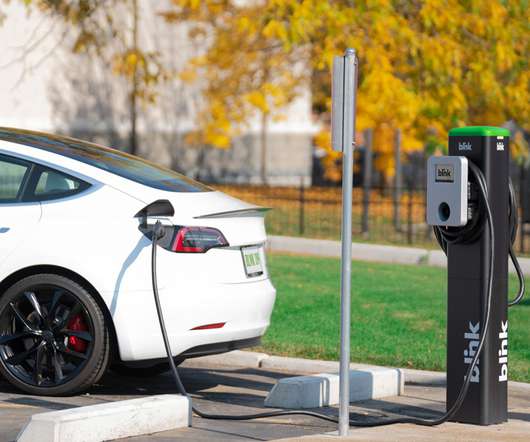Northwestern/Princeton study explores air quality impacts of aggressive conversion to EVs
Green Car Congress
APRIL 15, 2019
For example, states in the western US (WUS) generally produce a larger fraction of their electricity from renewable and/or “emission-free” sources (i.e., solar, wind, hydroelectric, and nuclear) as compared to the eastern US (EUS), where the electricity market is dominated by pollutant and precursor emitting combustion sources (i.e.,












Let's personalize your content